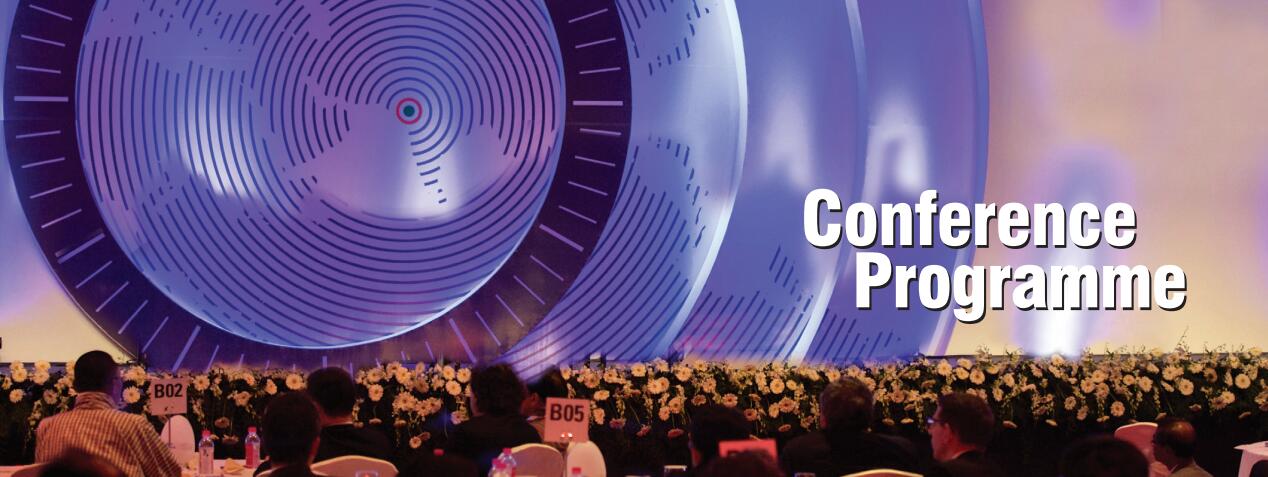CEO Conclave Global Investment and Partnership Summit welcomes the 2nd edition
Jan 20, 2020 | by CT

After the stupendous success of the first edition of CEO Conclave on Feb 19-20, 2019, the second edition leapfrogs to the next levelas CEO Conclave: Global Investment and Partnership Summit.
Calling the attention of all the global textile economies of the worldtowards emerging Investment and Partnership opportunities in India.
The Textile CEO Conclave is a unique think-tank and networking platform to be attended by International Delegations, Indian Mill Owners, Managing Directors, Directors, CEOs, CXOs, Investors, Entrepreneurs, Stakeholders, Policy Makers, Associations and Trade bodies across the entire supply chain, aiming to foster cohesive collaborations and to network and build futuristic partnerships.
Themed on “The Rise of India and South Asia as the Global Hub for the Emerging Opportunities, post Trade War in Textiles & Apparel”, CEO Conclave this year will be highlighted as the following:
l Global, Asia & India: The emerging new Global Big Picture in textiles in wake of trade war between the USA & China
l Impact of Trade Treaties & FTAs around India & the Region
l Focus Countries: China, Korea, Bangladesh,
l Connecting the Dots: Supply Chain integration with garment industry of India, Bangladesh & Sri Lanka
l 100% FDI in Textiles: Conducive Policies for Investments in Telangana, India
l Calling Investors
l Partnerships across the Supply Chain

CEO Conclave Sessions
l Post Trade War: The Updated Textile Big Picture - Global, Asia & India
The global business dynamics is changing fast over ongoing Trade War between USA & China. This is not only on the front of exports of goods from China to the USA rather the impact has been far wide across the entire supply chain across the world including on imports of raw material. A big projection of the new World Order in textile and apparel landscape.
l Trade Treaties & FTAs around India & the Region
The textile and apparel business in the global trade is influenced more by trade pacts, FTAs and working towards regional blocs than any other factor. India, conventionally has not been on the right side and position to avail the benefits of these pacts, rather it has been competing with countries who are beneficiary of such trade treaties. What does this lead India’s position to? Do we see this changing in the coming years…
l Will Perception change to Reality?*
Will India be able to change this perception of being Front runner as the ‘next China’? With the politically stable government, positive policies and Make In India initiative in place, India stands a good chance, if the country is in position to offer a robust infrastructure.
How can Textile Mega parks and clusters, play a big role providing infrastructure support as a quick fix, with friendly regulations and no bureaucratic lethargy...?*
l Connecting the Dots: Integrating India’s strong raw material supply chain with Asian garment economies
India is one of the most raw material rich countries in the world/and Asia, whereas most of Asian garmenting countries need a robust supply of raw material that India can offer. Countries like Bangladesh, Sri Lanka, Vietnam and Thailand and other Asean countries can use this as an edge.
l Invest in India: Be a part of India growth story
Conducive Policies for Investments in India like 100 % FDI in Textiles make it as a lucrative opportunity not only to supply raw material to the garmenting economies but also be a part of India’s textile and clothing story, as India is also emerging one of the largest consumption countries in Asia. Calling Investors across the world and Calling Partnerships across the Supply Chain.
Overview of global, Asian and Indian industry
l Finding the ‘next China’! India – a front runner
The U.S.-China trade war reignited the debate over which developing countries in Asia could take over the mantle of the world’s workshop. The front-runners? India tops amongst top 10 Asian economies studied, as per a report published by Bloomberg Economics but all Asian economies are hampered by structural problems such as inadequate infrastructure or political instability.
l India tops the export-potential ranking
Bloomberg Economics considered six metrics, from labor to business regulations, across 10 Asian economies, to identify developing economies that could get a greater share of Asia’s manufacturing pie. “Many have a low-cost advantage. With the exception of India, all lack China’s scale. And all face challenges on other aspects of competitiveness.”
India’s efforts to chase China’s production capability began in earnest five years ago with Prime Minister Narendra Modi’s “Make in India” initiative that offered incentives to foreign companies to open factories. India is close to overtaking China as the world’s most populous country and its working age population is projected to top 1 billion by 2050. But the advantage of a large supply of cheap labor has been offset by other factors, such as inadequate infrastructure, outdated land and labor regulations, and bureaucratic lethargy.








